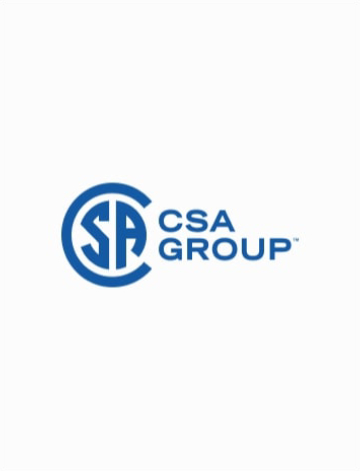Preface
This is the second edition of CSA S501, Moderating the effects of permafrost degradation on existing building foundations. It supersedes the previous edition published in 2014.
This Standard has been developed through the collaboration of representatives from territorial governments, the federal government, universities, the private sector, and northern community government organizations.
Photographs and figures without sources in the document were supplied by members of the Working Group and authorship is acknowledged throughout the Standard.
CSA Group received funding for the development of this Standard from Standards Council of Canada, as part of the Northern Infrastructure Standardization Initiative (NISI) with input from the Northern Advisory Committee (NAC).
This Standard has been developed in compliance with Standards Council of Canada requirements for National Standards of Canada. It has been published as a National Standard of Canada by CSA Group.
Scope
1.1 Mitigation strategies and other actions
This Standard covers the following strategies to maintain permafrost or mitigate permafrost degradation related to existing buildings or structures:
a) site techniques that consist of
i) site grading and drainage;
ii) snow management; and
iii) shading or albedo change.
b) foundation techniques that consist of
i) ventilation;
ii) ground insulation;
iii) foundation adjustment and levelling;
iv) mechanized refrigeration and thermosyphons; and
v) foundation replacement.
This Standard also allows for site abandonment or structure demolition in response to permafrost degradation.
Monitoring is an essential component of this Standard.
1.2 Applicable foundation types
This Standard covers the following foundation types typically constructed in permafrost terrain:
a) shallow foundations:
i) footings supported at the ground surface, with a ventilated air space under the building or structure;
ii) buried footings, with a ventilated air space under the building or structure; and
iii) slab-on-grade with no air space under the building or structure.
b) deep foundations:
i) adfreeze piles, with a ventilated air space under the building or structure; and
ii) rock socket or end-bearing piles, with or without a ventilated air space under the building or structure.
Note: Further information on these foundation types is presented in Annex A.
1.3 Application
This Standard is intended to be used by the following:
a) the owners and operators of buildings or structures that can be affected by the degradation of permafrost;
b) the owners and operators of other community infrastructure (e.g., drainage systems) for which the maintenance of permafrost or remediation of permafrost degradation is important;
c) building contractors who implement engineering-based interventions;
d) design professionals and reviewers (consulting engineers, architects, and territorial or regional technical services staff) who design, assess and approve, and oversee the implementation of engineering-based interventions;
e) educators, for the purposes of knowledge transfer; and
f) regulators, such as building inspectors.
1.4 Terminology
In this Standard, shall is used to express a requirement, i.e., a provision that the user is obliged to satisfy in order to comply with the standard; should is used to express a recommendation or that which is advised but not required; and may is used to express an option or that which is permissible within the limits of the standard.
Notes accompanying clauses do not include requirements or alternative requirements; the purpose of a note accompanying a clause is to separate from the text explanatory or informative material.
Notes to tables and figures are considered part of the table or figure and may be written as requirements.
Annexes are designated normative (mandatory) or informative (non-mandatory) to define their application.


